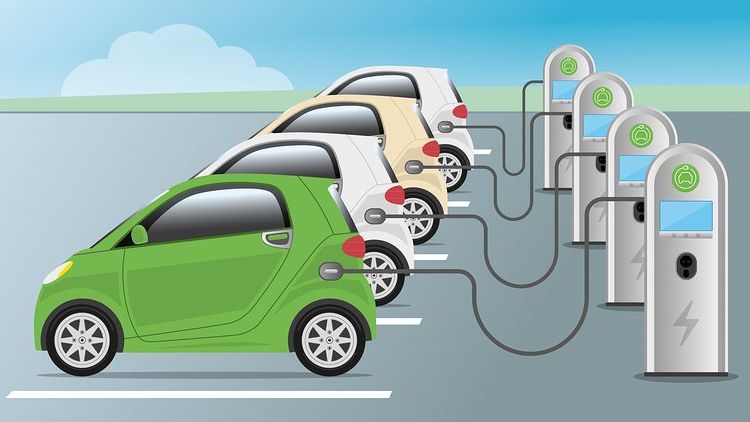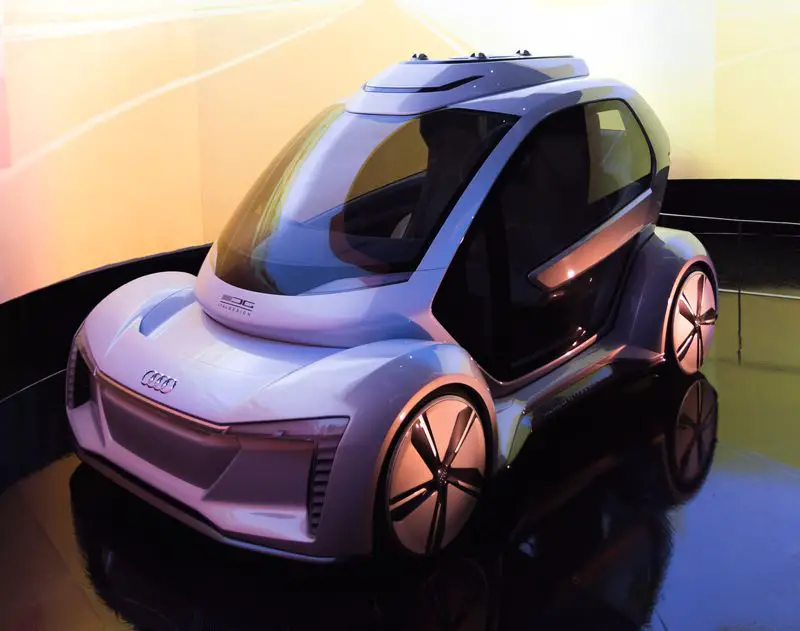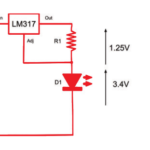This year marked a historic milestone for the automotive industry as European electric car sales overtook diesel for the first time ever this year. This trend is being mirrored across the world as EV adoption continues to accelerate in many developed countries, including the United States. The lightweight and compact nature of their internal workings versus traditional internal combustion (IC) engines is giving manufacturers a lot more freedom in their construction. As a result, design choices are set to change in big ways over the coming decade.
Smaller can be better
The electric revolution is changing everything we’ve taken for granted about car design for the last 60 years. When stripped down to the chassis and engine, modern EVs more closely resemble skateboards than cars. This has huge implications for car design both inside and out. Perhaps the simplest example on our roads today is the absence of a front grille, made unnecessary by the electric motor’s relatively cold running.

The mechanics of traditional IC cars take up a huge amount of space within the vehicle which has led to cars getting bigger and bigger over the years. EVs may well reverse this phenomenon with many concept cars exhibiting a trend towards a smaller form factor. We may also see other changes, specifically made to a car’s catalytic converter. But only time will tell what those changes will actually look like.
Space is no longer a luxury
The lack of mechanics in an EV leaves a lot of interior space free for designers to experiment with. While current models remain somewhat conventional in their design, this is set to change over the next few years as more manufacturers enter the market. With all this extra competition brands have to stand out. Consequently their designers are beginning to explore the many new possibilities enabled by EV technology.
Indeed, manufacturer’s such as Hyundai are now referring to their electric concept cars as “living rooms on wheels”. Many of Silicon Valley’s biggest tech companies are already eyeing up this extra space, expecting it to be the next frontier in the expansion of entertainment services such as music and TV streaming. The movement towards digitisation is leading to modern cockpits being much more streamlined. There are fewer and fewer gauges left for the driver to monitor, freeing up eyespace and allowing the manufacturers to put greater emphasis on leisure and visibility.
Electric vehicles are transforming car design at every level. The car of the future promises to be smaller and yet more spacious than ever before by virtue of their (lack of) mechanics. While it may still be many years away, autonomous driving will be the next step in this evolution, rendering the steering wheel obsolete. This frees up both time and space for the driver, meaning the commute of the future could be more like sitting on the couch than operating a motor vehicle.






